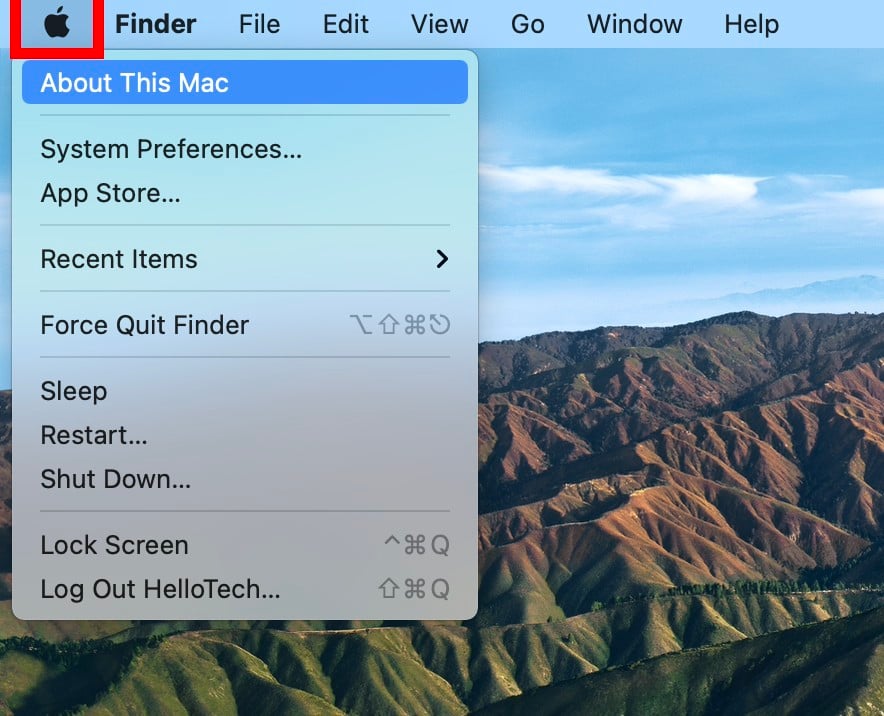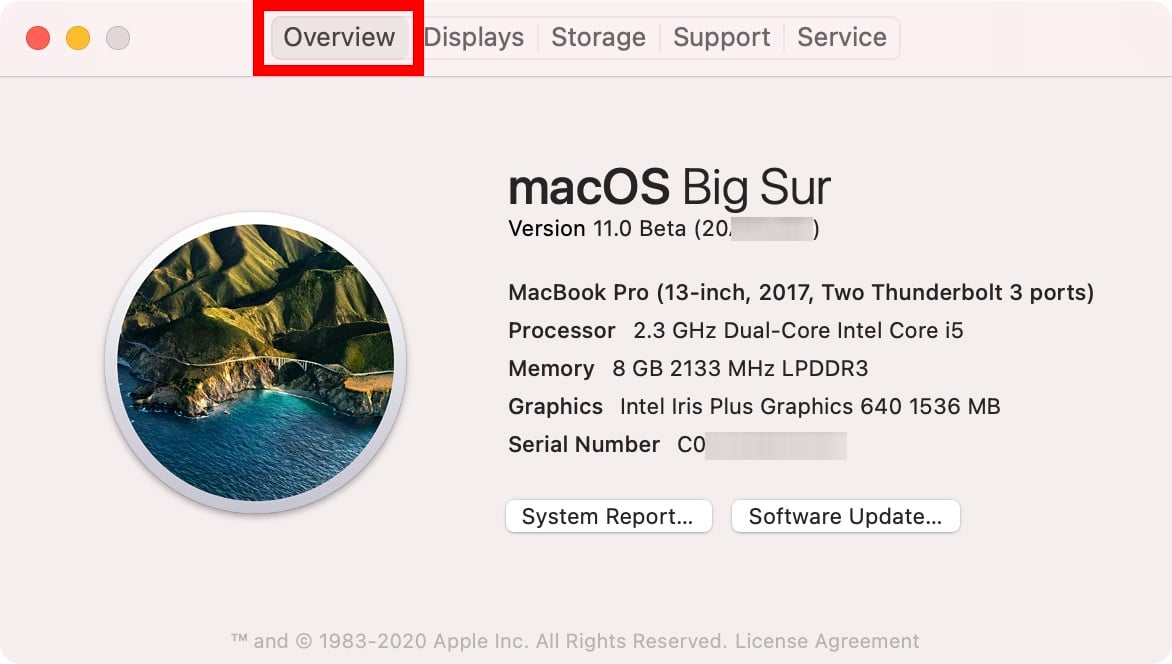Checking your Mac’s specs lets you know if you can run certain programs, and it helps you compare your current computer to one that you are thinking of buying. Here’s how to check your specs on a Mac, including how to check your memory, CPU, GPU, storage space, and battery health.
To check all your specs on your Mac, click on the Apple icon in the top-left corner of your screen. Then select About this Mac from the drop-down menu. In the pop-up window, you will see your processor (CPU), memory (RAM), graphics (GPU), and more.




To check how much memory you have on your Mac, open a Finder window and go to Applications > Utilities. Then open Activity Monitor and click the Memory tab. You will see how much memory your computer has at the bottom of the window next to Physical Memory.
The Activity Monitor lets you check which applications are using the most memory on your Mac by clicking the Memory tab next to Process Name. If you find an application is using too much memory, you can click the “x” symbol at the top of the window next to Activity Monitor to force quit the application or process.
You can also check how much your applications are using your CPU, energy, and network with the Activity Monitor.
If you want to find out more about what random access memory (RAM) is and how much memory you really need, check out our guide here.
To check how much storage space you have on your Mac, click on the Apple icon in the top-left corner of your screen. Then select About this Mac and click the Storage tab at the top of the pop-up window.
You can also select any of the categories in the left sidebar to see the size of your apps, documents, music, photos, and more. Then you can select any files or apps and click the Delete button in the bottom-right corner of the window to remove them.
If you want to keep an eye on how much storage space your Mac has, you can also open a Finder window by clicking the half-blue, half-gray face icon in your Dock. Then click View in the Apple Menu Bar at the top of your screen and select Show Status Bar. Then you will have a small bar at the bottom of your Finder windows that will always show you how much storage is available on your Mac.
If you are running out of storage on your computer, check out our step-by-step guide on how to free up space on your Mac, including how to get rid of “other” storage space.
To check your CPU specs on a Mac, click the Apple icon in the top-left corner of your screen and select About this Mac from the drop-down menu. Then select System Report in the Overview tab. You will see your CPU’s specs in the Hardware tab of the pop-up window.
If you want to find out more about what CPU is and what it does, check out our previous article here.
To check your GPU specs on a Mac, click the Apple icon in the top-left corner of your screen and select About this Mac from the drop-down menu. Then select System Report in the Overview tab. Finally, select Graphics/Displays from the left sidebar.
If you want to find out more about what GPU is and what it does, check out our previous article here.
To check the battery health of your Mac laptop, click the Apple icon in the top-left corner of your screen and select System Preferences. Then click Battery and select Battery in the left sidebar. Finally, click Battery Health.
Now that you know how to check the CPU, GPU, storage space, memory, and battery health of your Mac, take a look at our step-by-step guide on how to check your computer’s specs on Windows 10.
Learn how to take a screenshot on an iPhone X, and any other model of… Read More
Learn how to forget a WiFi network on your Mac, so your computer won’t automatically… Read More
Learn how to set up a guest WiFi network for the next time you have… Read More
Whether you want to record a video you found online or you need to show… Read More
With a Windows 10 PC, you can easily fill your entire screen with two different… Read More
Learn how to connect your smart plug to Alexa. Also, what a smart plug is… Read More
This website uses cookies.